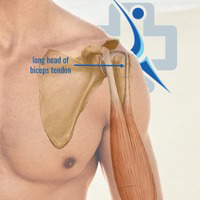Bicipital Groove Clicking

The long head of the biceps tendon is frequently involved in shoulder pathologies often in relation to inflammatory or degenerative damage to the rotator cuff.
Bicipital groove clicking. A positive test is a click. A tenotomy means to cut the tendon of the long head of the biceps so that the tendon retracts back into the arm and away from the shoulder where it can cause pain. Also even the extra articular part of the tendon in the bicipital groove is difficult to palpate because other structures namely the rotator cuff tendons attach near the bicipital groove. Attrition of the tendon and changes in the transverse humeral ligament render it prone to displacement from the bicipital groove.
Inflammation of the biceps tendon in the bicipital groove which is known as primary biceps tendinitis occurs in 5 percent of patients with biceps tendinitis. As you check for tendon tenderness rolling the tendon under the fingertips may be helpful. Second a click or a catch in the shoulder cannot be assumed to be caused by the biceps tendon. With this condition surgery is sometimes needed.
The most common treatments for biceps tendon problems include a biceps tenotomy and a biceps tenodesis. Click to enlarge the left arthroscopic image shows a normal healthy proximal biceps tendon. The biceps tendon travels through the bicipital groove on the front of the shoulder ball which is where most inflammation usually friction related occurs. Rotate the arm and forearm externally and locate the biceps muscle distally near the elbow.
Some patients describe muscle weakness and clicking or snapping with shoulder movements. The tendon is exposed on the anterior shoulder as it passes through the humeral bicipital groove and inserts onto the superior aspect of the labrum of the glenohu. Biceps tenodesis in the bicipital groove and tenotomy are the main treatment options. Commonly a rotatory injury of the shoulder in which forceful rotation of the arm externally is followed by symptoms of painful clicking or thumping in the shoulder is present in the history.
Bicipital tendinitis or biceps tendinitis is an inflammatory process of the long head of the biceps tendon and is a common cause of shoulder pain due to its position and function. Track the muscle and its tendon proximally into the bicipital groove along the anterior aspect of the humerus. Note that the pectoralis major muscle attaches to the lateral lip of the intertubercular sulcus. If inflammation is the cause you will have either biceps tendonitis or tenosynovitis.
Reflect the pectoralis major muscle laterally and identify the tendon of the long head of the biceps brachii muscle in the intertubercular sulcus also called the bicipital groove. When the biceps tendon fails to slide in the bicipital groove a labial or slap tear may occur. Surgical treatments of the biceps tendon may be considered.



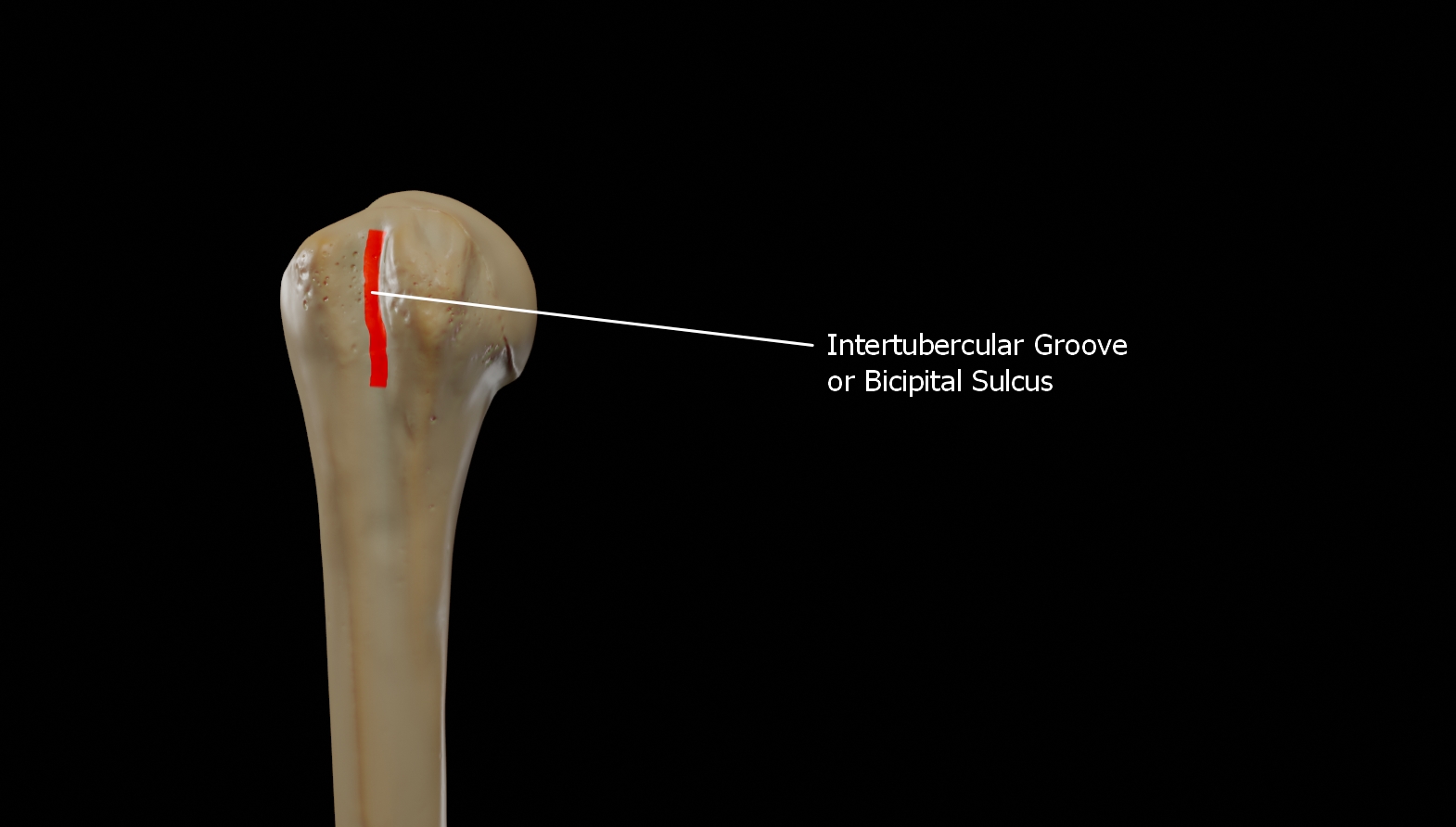




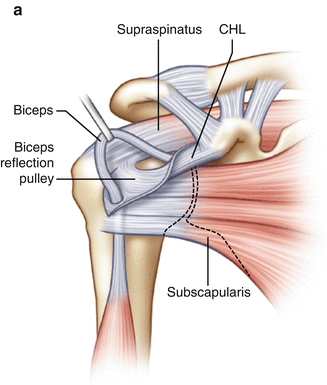
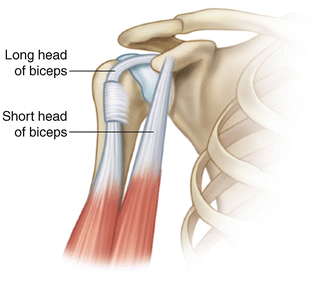

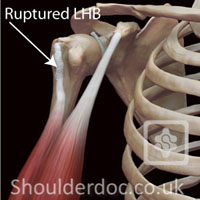
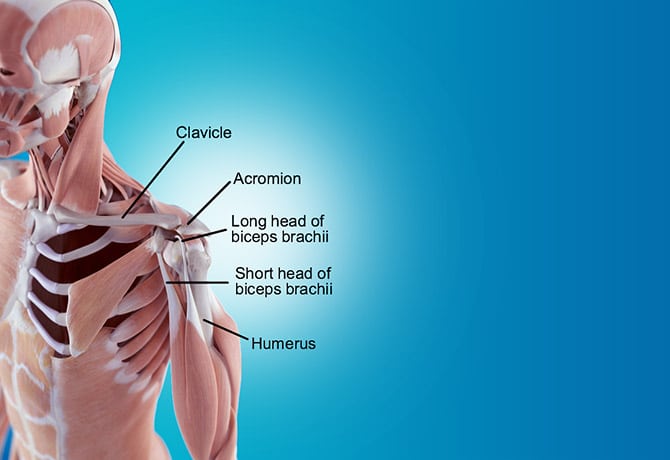



/GettyImages-160018604-56eb92913df78cb4b9807d55.jpg)
